Common SEO Mistakes & How to Avoid Them
You’ve Chosen The Wrong Keywords
Too many businesses build their websites without using long-tail keywords, which are the type of keywords preferred by users and search engines. Long-tail keywords are longer, more detailed, and more specific. They are more helpful to your audience because they can search these longer terms and find relevant information to their search right away.
The way you define your product or service might be different from the way your potential customers see them. Or it may be that you’re using terms that are too broad.
Before you begin optimization, do some research with the help of tools like SEMrush and Google AdWords’ keyword planner to find the keywords that are right for you. Put yourself in your customers’ place: What kind of information would you be searching for if you were them?
Keep in mind that not everyone would search using the exact same words. Let’s say you run a law firm in Philadelphia. Search terms might include “Philadelphia real estate law,” “real estate attorneys in Philadelphia” and “Philadelphia real estate lawyers.”
Once you find the right keywords, use them judiciously. Google’s search algorithm value both quality and quantity. But they penalize website’s who blatantly stuff keywords into their content. Copy that is overloaded with keywords can seem artificial to readers and therefore Google will penalize it.
You’re Not Using Social Media
![]() Your business might have a Facebook page and a Twitter account, but if you’re not using them to boost your website content, you’re missing out.
Your business might have a Facebook page and a Twitter account, but if you’re not using them to boost your website content, you’re missing out.
When you put a social sharing button on your blog – note the Twitter/LinkedIn/Facebook icons at the top of this post – you’ve made it easier for your audience to distribute your content to their connections. And when you promote recent blogs on your social media pages, you can boost traffic.
In fact, you don’t always have to promote recent posts. If you can find a way to make an older blog post relevant again, by updating its copy. There is nothing wrong with sharing it again. We recommend re-release old blog posts with updated information in them. Consider using an “Updated” or “Revised” or “New” tag in the title.
If you have quality content that your users are enjoying. It is not uncommon to release the same piece of content several times into social media channels.
Let’s say it’s the last Friday in April, AKA Arbor Day, and you’re a landscaping company. It’s the perfect time to promote that “5 Benefits of Planting Trees” blog post from the previous year.
When more readers share your content, you become a trusted voice in your field, which helps increase your website authority and lifts your search engine ranking.
You’ve Forgotten About Inbound Links
When other websites – industry publications, local news outlets, other blogs – link to your blog, that’s what known as an inbound link.
These links are useful because they give potential customers another path to your content. But unlike the other points on our list, this one might seem like something you can’t control. After all, how can you make someone link to your site?
Remember that other people want to link to increase inbound links to their sites as well. We recommend making a habit of including outbound links to related content on blog posts. Those bloggers will take notice and link back to you.
We would also suggest offering your services as a guest blogger for more established sites. It’s a win-win situation: the other side doesn’t have to worry about that week’s blog post, and you can link back to your site from the guest post.
What are some of the traits that Google is looking for in a quality website?
- A viable “About Us” page.
The onus is on the business to prove that it is a real company. One way to do this is to tell the world what the business is, how it came to be. We recommend including a staff page that displays the pictures of the major players, as well as links to their Linkedin profiles and other social media connections. - A working “Contact Us” Page.
Scam sites purposely omit a contact page in order to dodge the law. Legitimate sites accidentally omit a contact page because they didn’t realize the significance of having one. Google spiders can’t tell the difference between honest mistakes or attempts at being clever from dishonest intentions. - A street address.
Something as simple as including an actual address can prove to Google that your doors are open for business. Even if the business doesn’t have an actual brick and mortar location, companies have to get mail delivered somewhere. Having a physical address adds trustworthiness and validity to the site. - A “Terms and Conditions” and “Privacy Policy” page.
These pages are important for major corporations where trust is an issue. Including these pages proves that you have nothing to hide and are honest with customers. You will not share their private information that your site visitors are asked to provide. - Proper spelling and grammar.
The text and grammar contained within the site reflect deficiencies in quality and execution. It is imperative that text is checked, and then double-checked. You need to catch innocent errors that humans overlook, but the bots working overtime for Google will spot—and judge, against the site.










